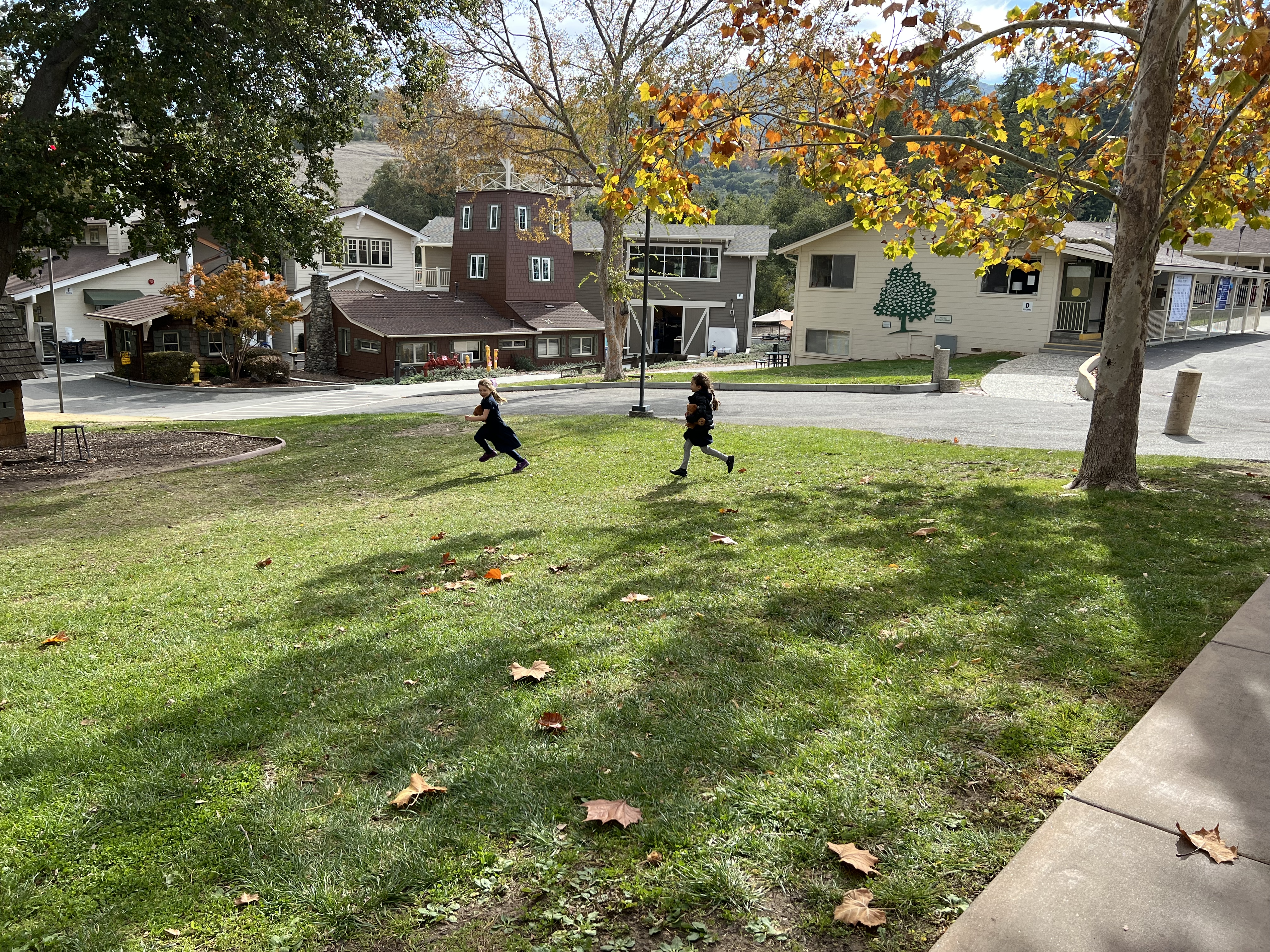Welcome to our Curriculum Connections! This is your weekly periscope into classes across campus – we’ll share new learning, challenges, accomplishments, and commentary from students in Lower and Middle School. Enjoy!
First Grade Mathematicians Begin Mini Lessons in Math Discovery
First Grade mathematicians are beginning Addition and Subtraction Story Problems with Illustrative Math, practicing multiple strategies for addition and writing equations to show their work or to describe story problems. Pre-assessment of students’ readiness and prior knowledge for Unit 2 content has allowed teachers to create targeted student groupings for the week, bringing children into small math groups with peers across first grade who are ready for similar scaffolding or challenge as they explore these topics of addition, equations, and story problems. Smaller groups means more adult:student interaction and different pacing for each activity in the Unit, while all groups work in the same domain building their next step in addition strategies, how to write equations, finding more than one way to solve a problem, and developing fluency in addition within 10 or 20. A combination of open-ended explorations, routines that help students show and articulate their strategies, mini-lessons that synthesize and formalize terms and procedures, and centers for math play allow all learners to build both content and process skills at a just-right level. In one group, the “Check It Off” game gives lots of practice with finding sums and writing your thinking, while another group explores how using a ten frame to organize your work reveals a connection between addition and subtraction, or how an equation can show the “unknown” not only after the equal sign, but in any position. Once all groups have learned all the math “centers”, choice time gives students additional time to practice math within specific domains and contexts and brings them to work with new partners.
Castles, Class Systems, and Capture the Flag: How 7th Grade Historians are Diving into the Medieval Era
“And that’s why castles were a game changer.” Seventh Grade historians are learning all about feudal society in Europe in the 900-1200s, through reading, documentary viewing, note-taking, peer teaching, discussion, writing, simulation, and play. After learning about the fall of the Roman Empire, students read primary and secondary source documents to understand, and then teach each other, about the social class structure of the feudal system that replaced Roman rule across much of Western Europe. This week, after watching David Macaulay’s PBS special Castle, students explored modern-day folk songs and games that have their roots in the medieval era. Students have been organized in groups and roles as part of a weeks-long simulation, in which each individual has learned about, and now is charged with embodying, the role of a feudal social class, grouped with peers of other classes to form a manor. After learning about the roots of an early version of Capture the Flag and the origins of Hopscotch, students played the games and discussed the meanings and historical context evident in the games’ designs. They strategized as they played—“Can we use treaties?” And, “having no castle is too hard”—helping them to reflect on enduring themes of social class, mobility and immobility, disease, resource distribution, conquering, and the role of legend and folklore. Next week, they will begin a writing assignment to synthesize and show their learning. In writing a Feudal Parable, each student will be challenged to teach a fundamental human lesson while using period-specific vocabulary and historically accurate context, all told from the perspective of a social class—peasant, noble, knight, lord—they are assigned. Many modes of learning ignite student interest in historical content, while also magnifying the fundamental themes that connect feudalism to today’s structures; How do social class structures and immobility persist? To what extent is their purpose and origin the same or different?
